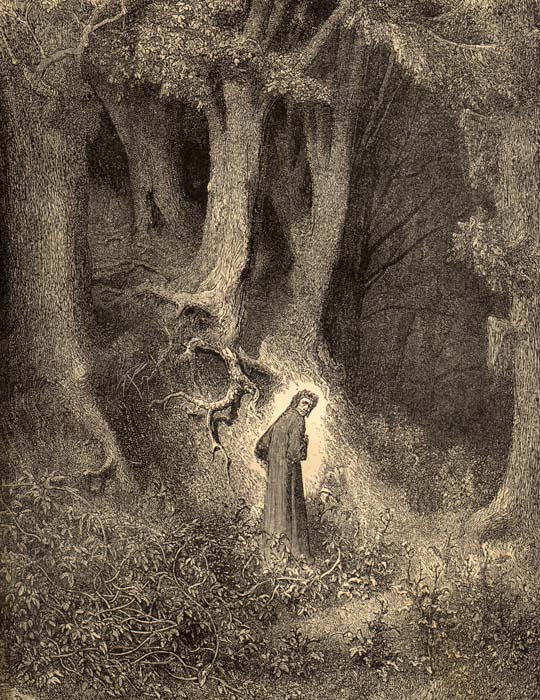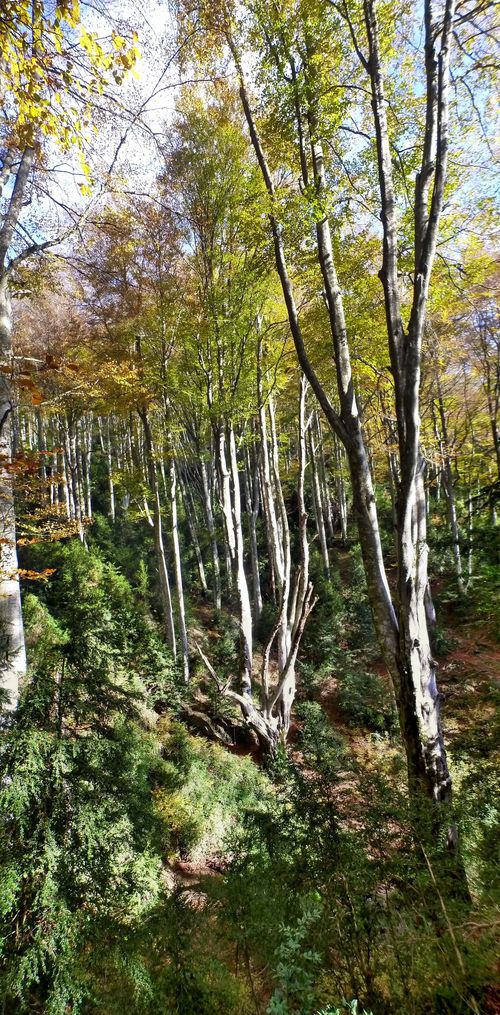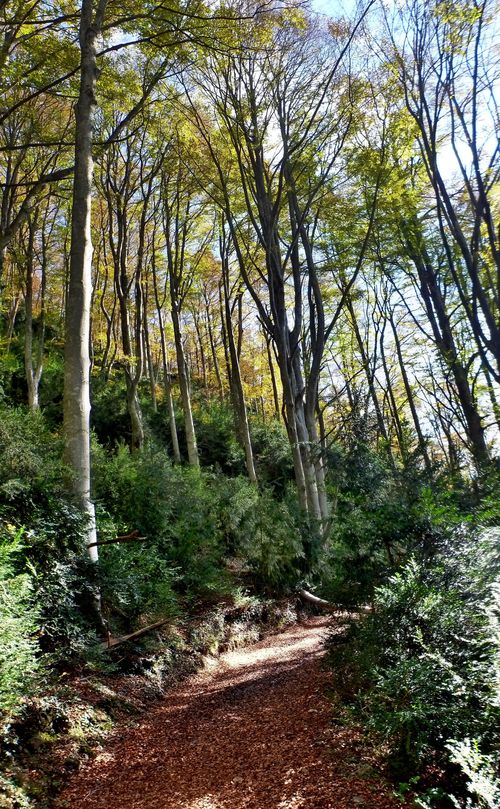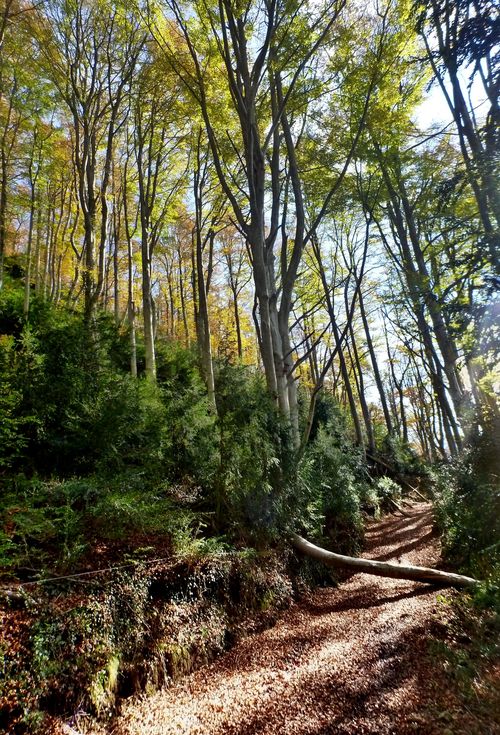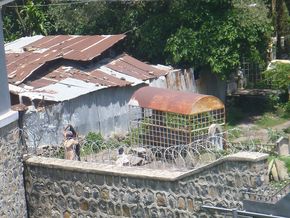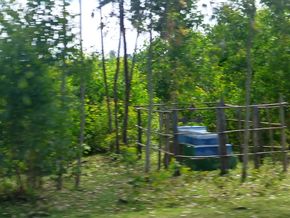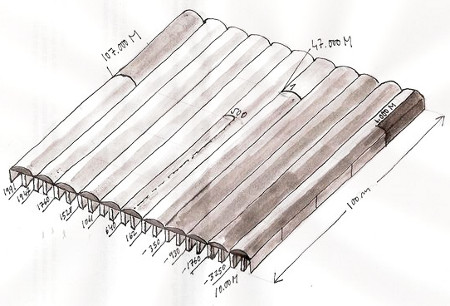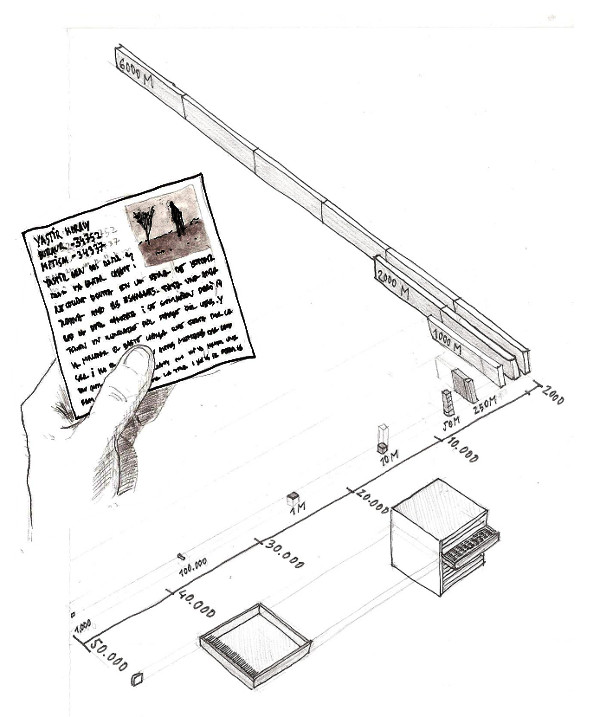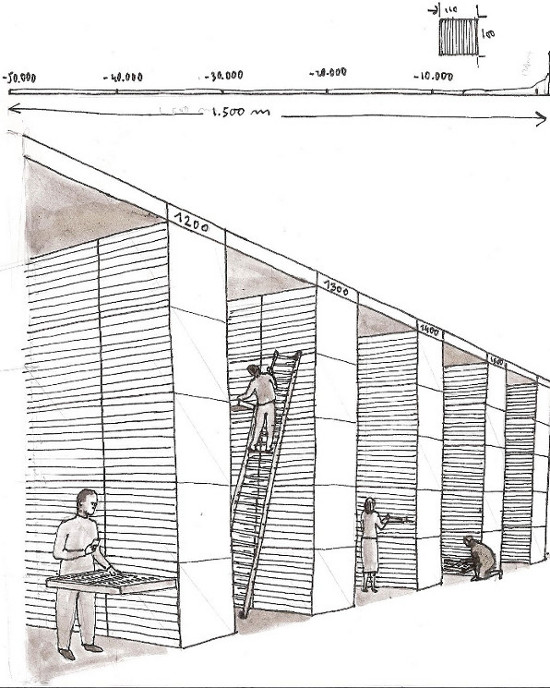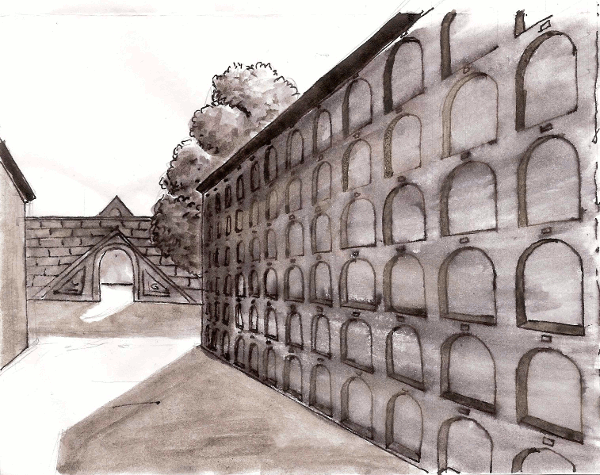At one time, the Exalted One was staying at Nadika in the Brick Hall. And there the Exalted One addressed the monks. ‘Monks.’ ‘Sir,’ the monks replied. ‘Mindfulness of death, monks, when cultivated and made much of, is of great fruit and great reward: it associates with the deathless and has as its conclusion the deathless. Monks, cultivate mindfulness of death.
When he had spoken a certain monk said this to the Exalted One. ‘Sir, I do cultivate mindfulness of death.’ ‘And how, monk, do you cultivate mindfulness of death?’ ‘Here, sir, I reflect, “If I were to live, day and night, paying attention to the teaching of the Exalted One, a great deal would be done by me”. This is how I cultivate mindfulness of death, sir.’
And another said, ‘I do cultivate mindfulness of death, sir’. And the Exalted One replied, ‘And how, monk, do you cultivate mindfulness of death, ‘Here, sir, I reflect, “If I were to live, throughout the day, paying attention to the teaching of the Exalted One, a great deal would be done by me”. This is how I cultivate mindfulness of death, sir.’
And another: ‘Here, sir, I reflect, “If I were to live, for such time as it takes to eat one almsmeal, paying attention to the teaching of the Exalted One, a great deal would be done by me”. This is how I cultivate mindfulness of death, sir.’
And another: “If I were to live, for such time as I chew and swallow five mouthfuls, paying attention to the teaching of the Exalted One, a great deal would be done by me”. This is how I cultivate mindfulness of death, sir.’
And another: “If I were to live, for such time as I chew and swallow one mouthful, paying attention to the teaching of the Exalted One, a great deal would be done by me”. This is how I cultivate mindfulness of death, sir.’
And another: “If I were to live for just such time as, having breathed in, I breathe out, and having breathed out, I breathe in, paying attention to the teaching of the Exalted One, a great deal would be done by me”. This is how I cultivate mindfulness of death, sir.’
This beautiful text of the Pali Canon, from an anthology by Sarah Shaw, as it happens often with texts dealing with death, is at the same time, a hymn to life. I read it like this:
If I were to live, a day and a night, just like today, running along the beach in the morning before crossing Barcelona riding my bike to work while listening to Scarlatti sonatas, having tea and toats for breakfast while reading the pending emails; back at home in the afternoon, greeting the plants in the terrace, reading, playing music, sweeping the floor, cooking dinner, eggplant, bream, white wine, some TV and reading in bed before turning thoughts into the dreams to live during the night, a great deal would be done by me.
If I were to live, throughout the day, starting a new path, whether wandering in a unknown city, hiking in the wild with my backpack, a bike route, kayaking in a river, driving a car towards the horizon, this would be more than enough.
If I were to live throughout an hour, being the kid that discovered the neighborhood, hand in hand with mom and dad, I would think life is worth living. If I were to live for an hour, watching Teresa and Maria playing, this would be more than enough.
If I were to live for such time as it takes to eat a meal, dancing, first alone, then lindy hop with a girl, and a blues for dessert, I would be more than happy.
If I were to live, for such time as I chew and swallow one mouthful, hugging the girl I love, this would suffice.
f I were to live for just such time as, having breathed in, I breathe out, and having breathed out, I breathe in, watching some swallows drawing lines in the sky, flying happily, a great deal would be done by me.

